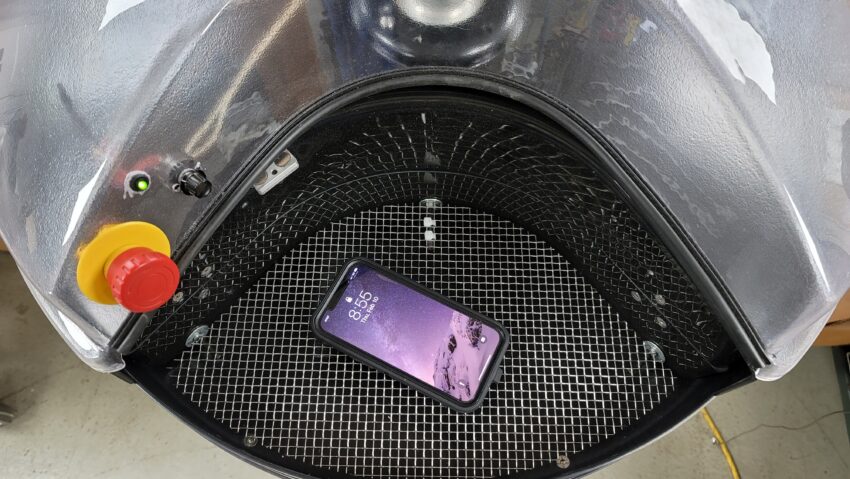In Safe Hands: UV Disinfection Stations Poised to Help Deter Viral Outbreaks in Public Areas
Crowded airports, bus terminals, train stations, and cruise lines must be ready to combat the latest viral outbreaks in close indoor settings, which can rapidly spread among potentially hundreds or even thousands of customers, employees, and the general public. Whether due to influenza or other respiratory viruses, winter is often a time of viral spread and commonly touched items become a source of infection. Simply putting out hand sanitizer at a minimum is insufficient to prevent potential outbreaks.
So, proactive facility managers are looking to technology partners to help protect their customers, staff, and the public more comprehensively. One promising development is a new tool that can help facility managers safeguard public health in a manner that goes far beyond handwashing, which is insufficient when frequently handled items are contaminated. Today, portable UV disinfection stations can protect everyone at entrances and communal areas to quickly disinfect any handled items, which otherwise can spread viruses to hands, noses, mouths, and others.
At the top of the list are our mobile phones, tablets, and other smart devices. According to various studies, individuals check their phones approximately 150 times each day. Consider that scientists at the University of Arizona found cell phones carry 10 times more bacteria than most toilet seats. Other personal items we regularly handle with our hands include face masks, ID badges, baseball caps, sunglasses, keys, wallets, credit cards, money, and jewelry.
One solution that warrants closer scrutiny is the use of ultraviolet (UV) light devices. These devices utilize short-wavelength ultraviolet C (UV-C) light to inactivate pathogens including viruses (such as SARS-CoV-2), bacteria, mold spores, and yeast. UV-C light irradiation is already a proven technology, verified in many studies and utilized prior to the pandemic in both commercial and residential settings.
To be clear, there are already many UV light devices on the market. However, many require direct contact and manipulation to operate the appliance, and there can be questions about the intensity and contact time of the applied UV light.
Based on this observation, Tebots, Inc., a design-build company, decided to design a better mousetrap that would address many of these limitations. The patent-pending UV disinfection appliance resembles a small, portable charcoal grill. Tablet sized, or smaller items are placed on a rotating platform and then move in a 360-degree arc through the chamber where they are bombarded from all angles by UV-C light for approximately 10 seconds.
“By controlling the internal environment and the time within the chamber very precisely, we can kill more than 99.9% of the pathogens on the surfaces of the item,” says Robert Tegel, founder, and CEO of Tebots, Inc.
Tegel envisions the self-service disinfection stations being installed in front of public transportation facility entries/exits, bathrooms, and shared spaces. This includes ticket purchasing, waiting, and rest areas, offices, restaurants, and vending machines – to name a few common areas where viral spread is likely. Facility managers could install the POZ to protect the entire community as part of an important public health and safety initiative.
Tebots is currently in discussions with several entities to license the technology. The initial design and several full prototypes have already been created.
For more information, visit https://tebots.com/ or contact Robert Tegel at 847-669-6876.

